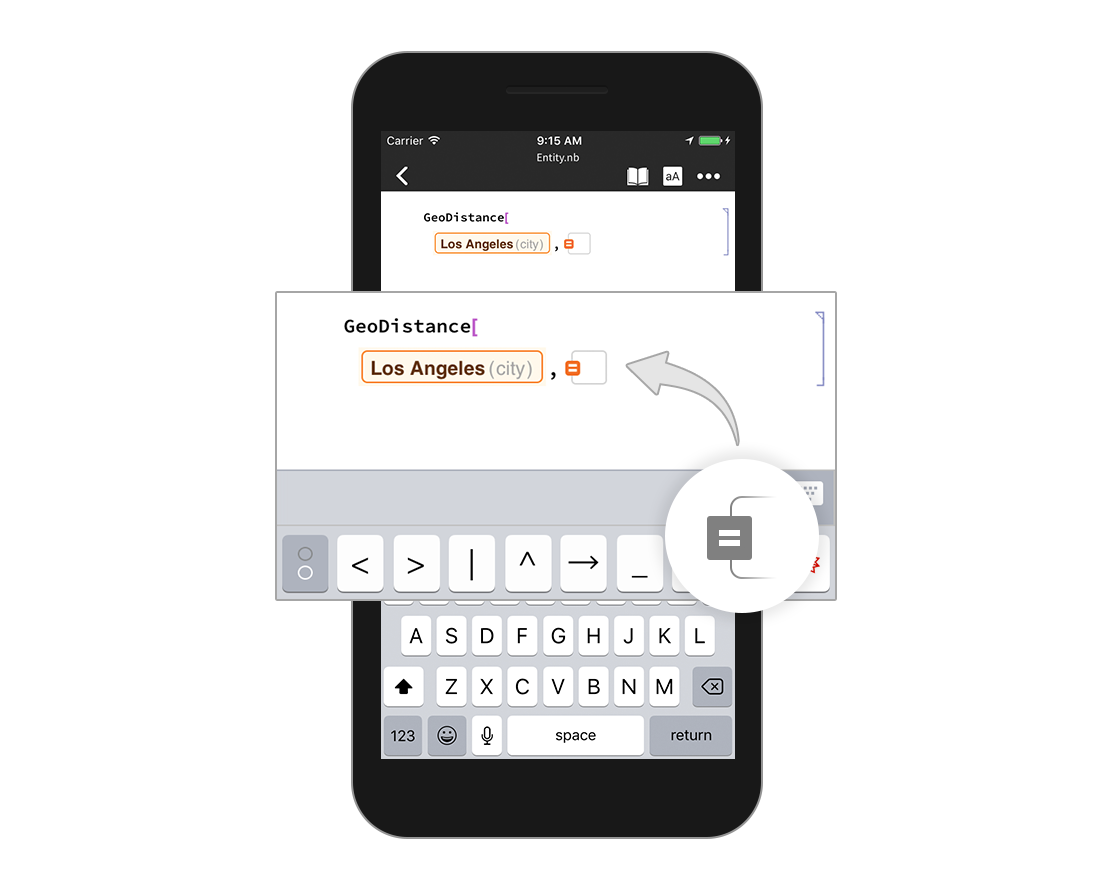
Go to GCP VPC and create a static IP for your instance, SSH into it. Then you will edit Jupyter configuration file (use sudo or chmod -R 777 /home/anaconda3): sudo vi ~/.jupyter/jupyter_notebook_config.pyĪdd (type "i") these line of code: c=get_config()Ĭ.NotebookApp.password = paste your sha1 here Now that you created the password, you are going to save "sha1:49b8799c22." Choose your CPUs, Memory, GPUs and regarding the boot disk, I used Debian GNU/Linux with Anaconda, PyTorch and CUDA already installed, as we also work with Deep Learning and NLP.Īfter that, you need to configure Jupyter in order to be able to open it in the local browser, by doing the following: ipython So, I will present how we were able to run Mathematica inside a Jupyter notebook located in a Google Cloud instance with 8 V100 GPUs.įirst of all, go to Google Cloud Platform (GCP) Compute Engine and select Create Instance in a given region. However, I was told one can also use Wolfram Client Python library and run Mathematica in a Python notebook. One way it's to use webMathematica, installing Java and Apache Tomcat in a cloud instance.

So, me and Gustavo Gouvea started wondering how we could use GPUs with Wolfram Mathematica.

And time is what you don't have in a startup. However, I was dealing with a drawback: if you choose to plot more than 10,000 connections in Mathematica, that can take some time.

Jupyter-compatible with real-time collaboration and running in the cloud. So, it's clear that Wolfram Mathematica is way ahead of networkx. Deepnote - A new kind of data science notebook.


 0 kommentar(er)
0 kommentar(er)
